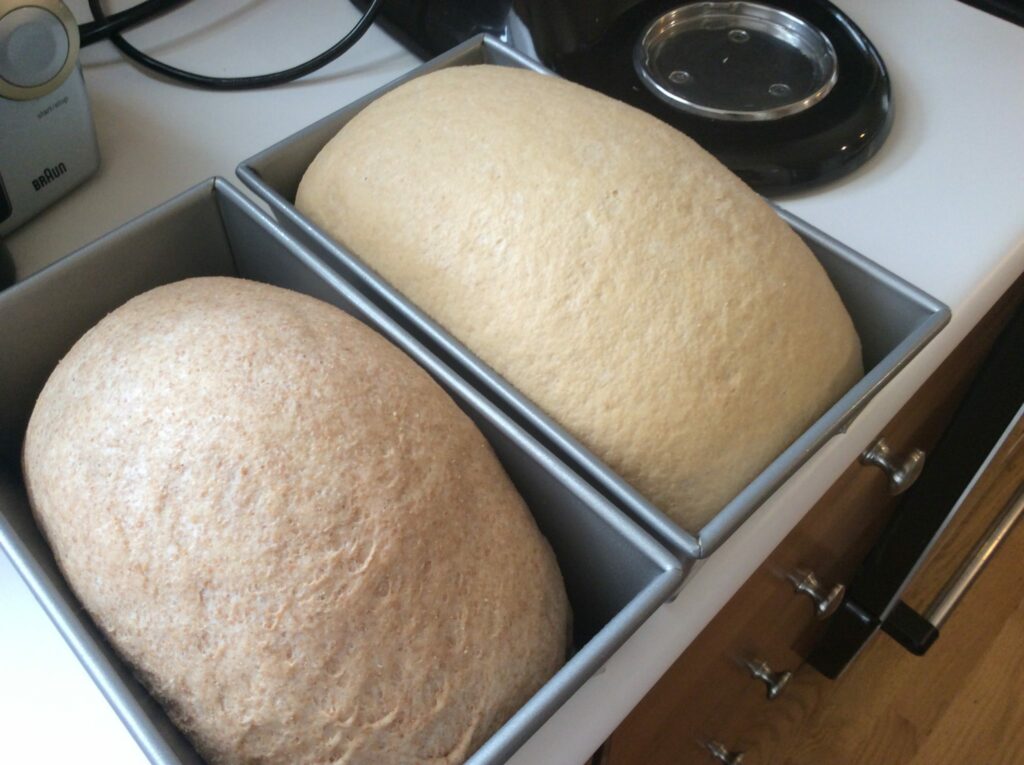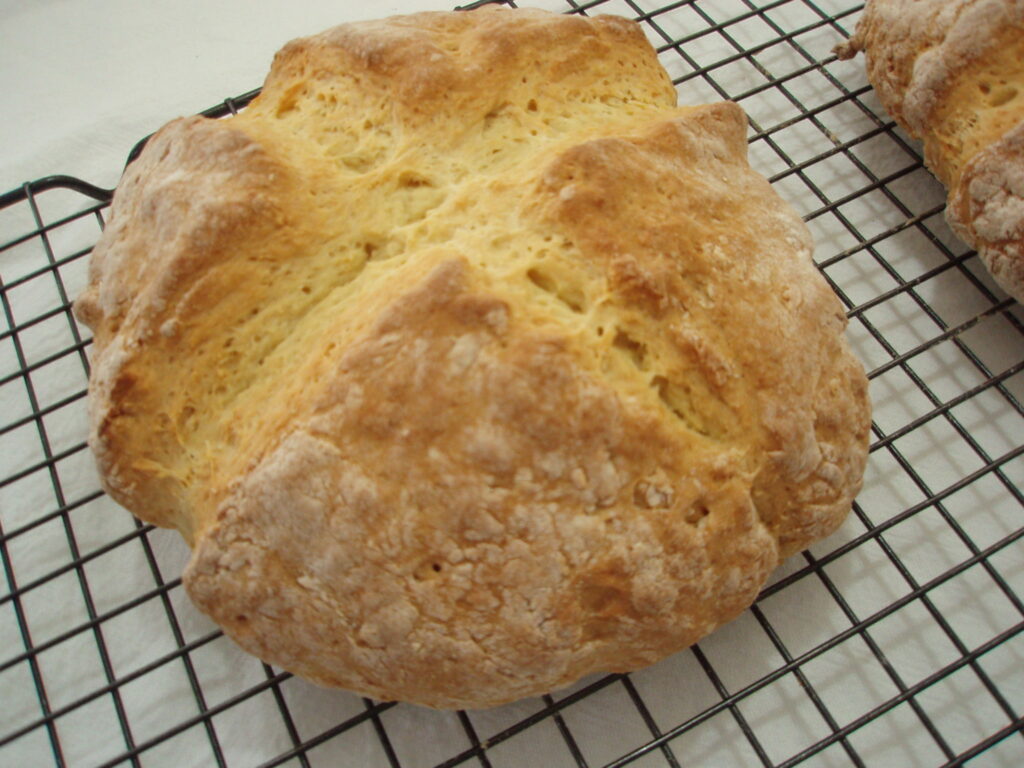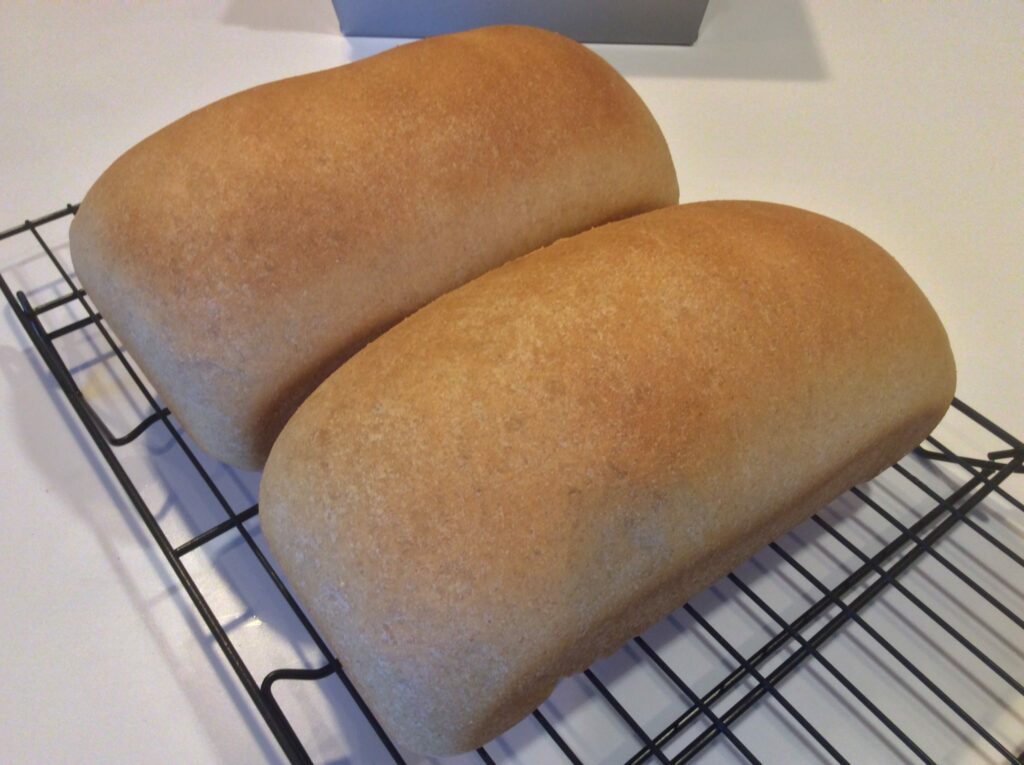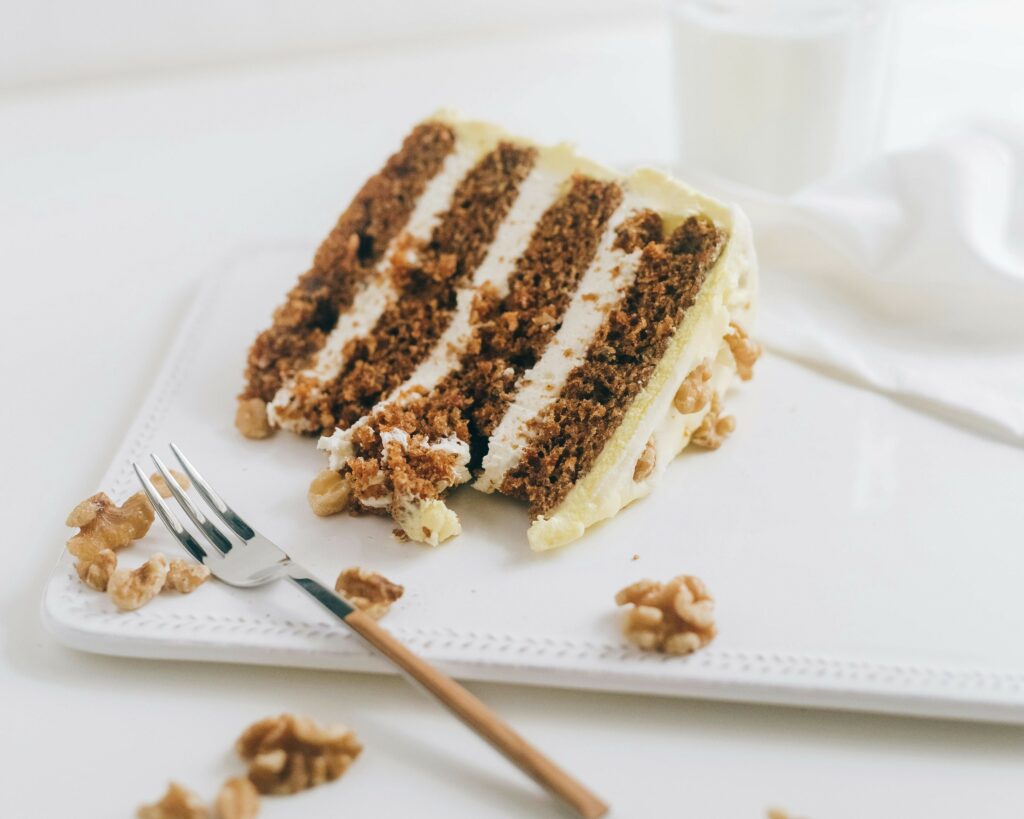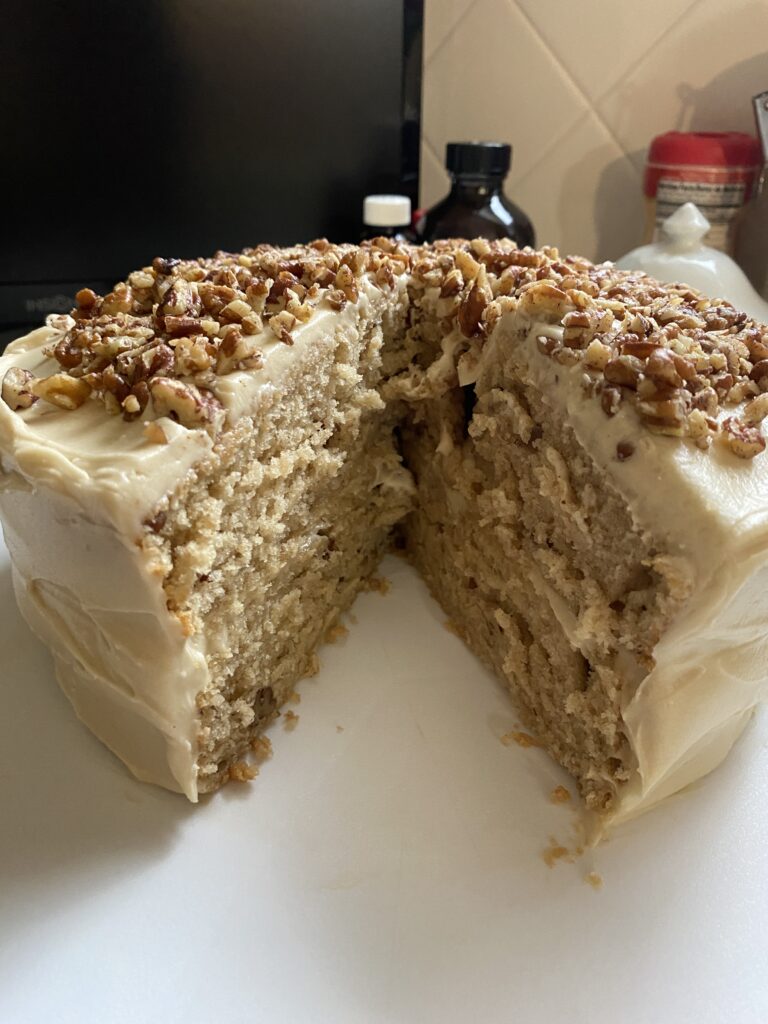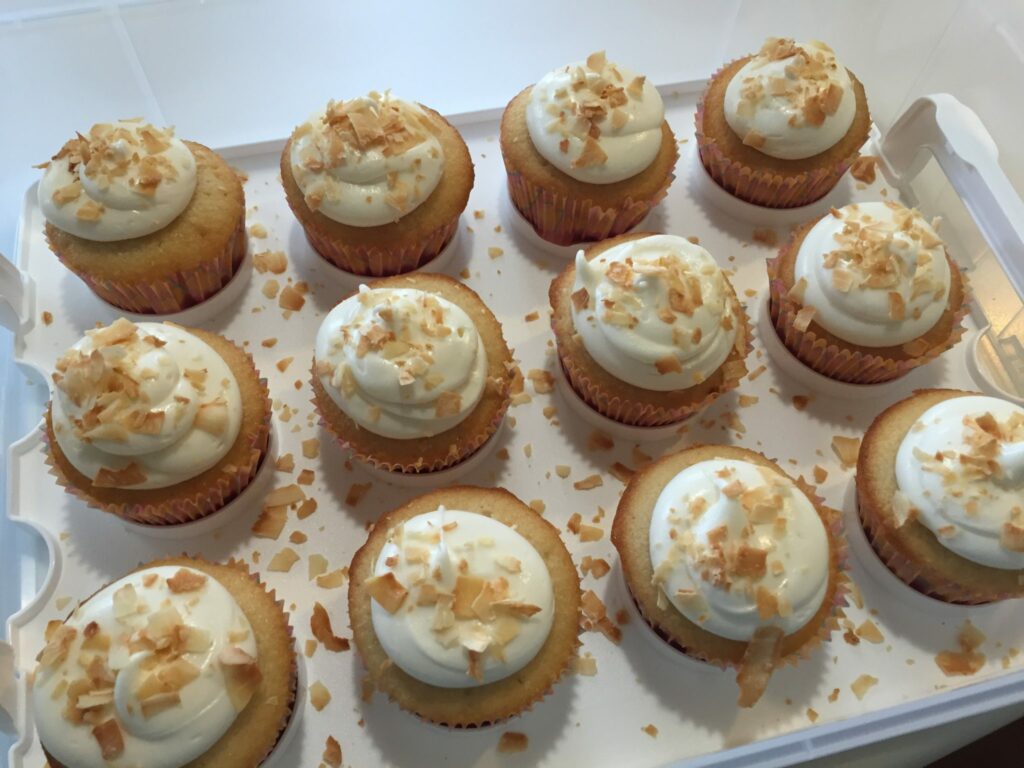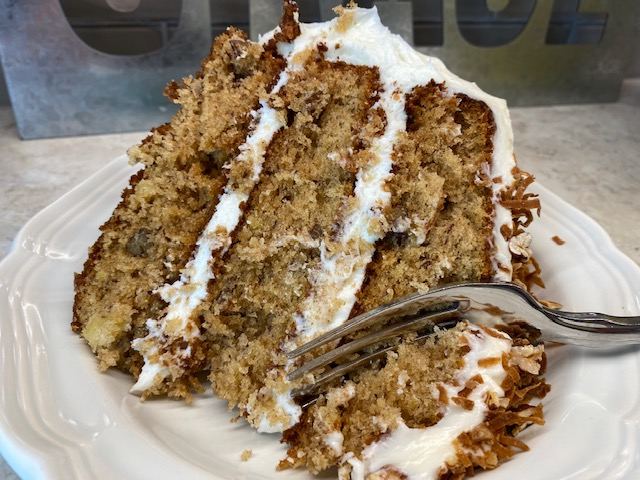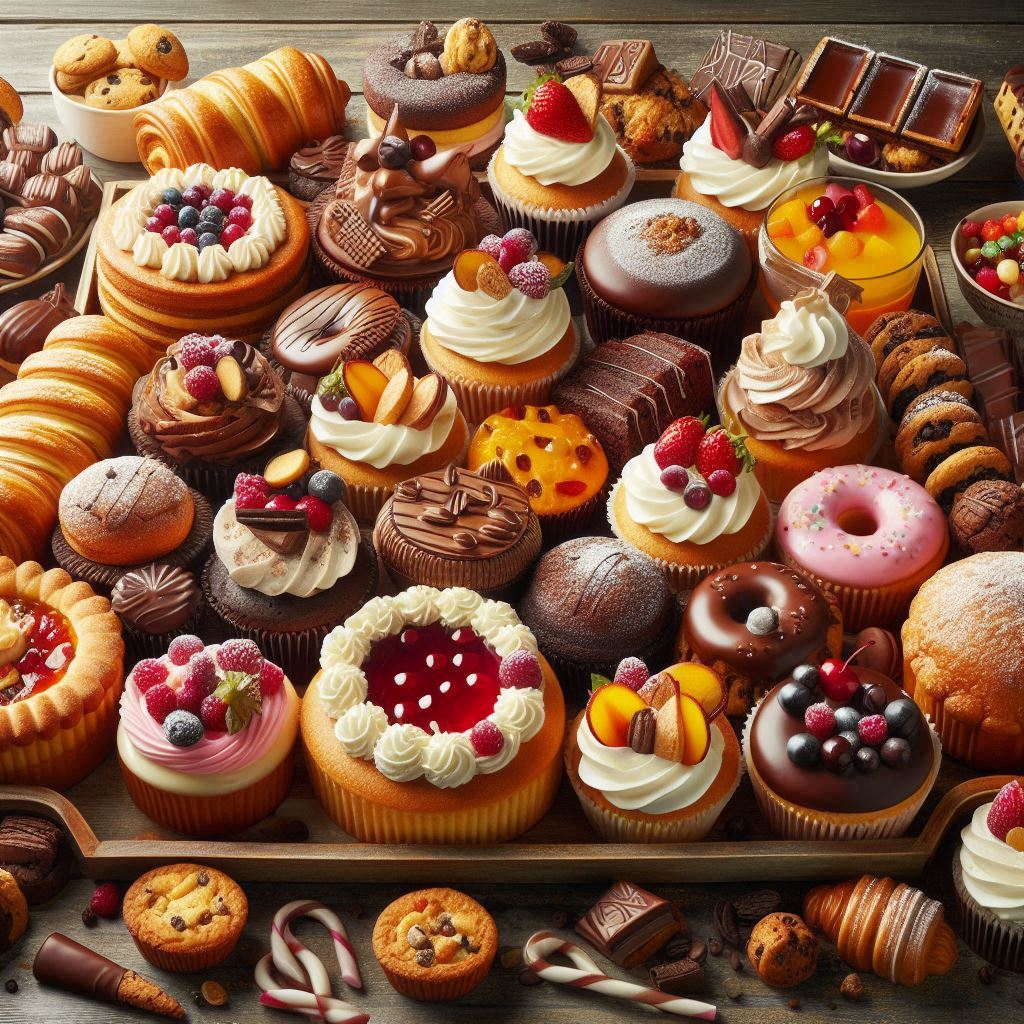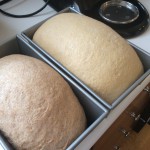

Irish Soda Bread 
How do bread making ingredients combine to form a beautiful, satisfying loaf? Here’s the run-down on how the most common ingredients work together in bread.

Leavenings
Leavenings produce the carbon dioxide gas that lightens doughs and batters. Baking powder and baking soda are chemical leavenings; yeast is a biological leavening.
Baking powder is sold in three forms. Tartrate acts instantly when combined with liquid. Phosphate is activated partially by liquid, partially by heat. Double-acting baking powder (most common) is activated mainly by heat, releasing most of its carbon dioxide in the baking process.
Baking soda releases gas only when mixed with an acid agent, such as buttermilk, sour milk, or lemon juice.
When do you use baking powder and when do you use baking soda? I think Crazy for Crust gives a really simple but thorough explanation on why one is used over another. You can read her article here.
Yeast is a microscopic plant; when activated by warm water it gives off the bubbles of carbon dioxide that make dough rise. Yeast is most commonly available in a granular form – called Active Dry in envelopes that contain about 1 tablespoon each, or in small jars. It can be stored in a cool, dry place for about a year – be sure to notice the expiration date printed on the package. Yeast is also sold in a compressed cake; the quantity is the same, but yeast in this form is much more perishable and must be refrigerated. It usually lasts up to 2 weeks. Test by crumbling it—if it crumbles readily, it’s still good.
(Should you want to substitute compressed yeast for active dry yeast in a recipe, just be sure you dissolve it in lukewarm water (about 95F) rather than the warm water (about 110F) that’s specified in most recipes.
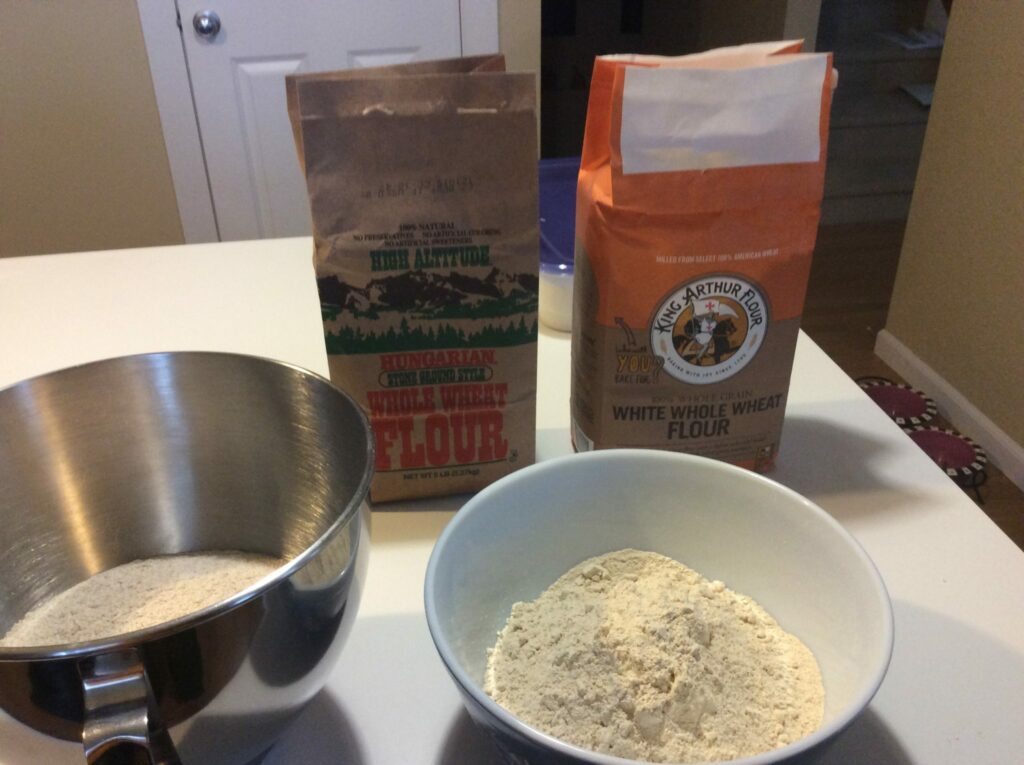
Flour
Flour provides the structure of bread. Many kinds of flour have been kneaded into loaves over the long history of bread making.
For yeast breads, at least part of the flour is normally wheat, which contains a curious protein called “gluten.” When wheat flour is moistened and beaten, the gluten becomes very elastic, allowing the dough to stretch as the yeast leavens it, and giving the loaf enough strength to keep its shape when baked. Rye flour is also glutenous, though less so than wheat, which is why it’s usually combined with whole wheat or all-purpose flour to make bread.

Liquids
Liquids in yeast breads always include at least 1/4 cup warm water for dissolving the yeast.
In addition, various other liquids are often mixed into bread, each imparting a distinctive flavor and texture. Milk creates a velvety grain; eggs, beaten and used as part of the liquid, lend the loaf a richness, tenderness, and slightly golden tone. Both milk and eggs, of course, also enrich the bread with added nutrients. Occasionally, fruit juice is used in bread to give it a special flavor. Bread made entirely with water (French bread is an example) is distinctively coarse-textured, chewy, and crusty.
Sugar and Salt
Sugar provides food for the yeast so it can grow; salt slows down the action of the yeast, keeping the dough on just the right leavening schedule for good texture and flavor. Besides their purely chemical roles, both salt and sugar (or the brown sugar, honey, or molasses often used in dark breads to bring out their more robust flavor) are essential for good taste. Also, the sugar in bread helps to brown the crust.
Fats
Fats make breads tender, moist, and palatable. Vegetable oil is convenient to use, because in most recipes the fat is added in liquid form. But many bakers prefer to use melted butter or margarine because they contribute such rich flavor.
Flavorings
Special ingredients such as herbs, spices, cheese, dried fruits, and nuts, offer the bread baker a wide field for experimentation. They aren’t essential to the basic but they can be exciting additions for special flavor.
These are the basic building blocks of all bread recipes. Now that you understand how they are used, you can begin to try them out! Here’s an easy recipe for Honey Whole Wheat Bread that you will love!
High-Altitude Carrot Cake
Carrot Cake – for most, this cake is really quite simple, even if it has…
Cheesecake Recipe (No Water Bath!)
If you’ve ever wanted to try baking a New York style cheesecake, but were a…
Butter Pecan Cake Recipe
Includes Regular and High-Altitude Recipes Looking for something different? If you’ve tried Sour Cream Chocolate…
Cake Mix Extender
If you’ve checked a cake mix box lately, you’ve noticed that – though the price…
Easy Peel Hard Boiled Eggs
Easy Peel Hard Boiled Egg Secrets But my eggs never peel right! It’s such a…
Classic Hummingbird Cake
Naturally sweet from bananas and pineapple, with hints of cinnamon and nutmeg, this Classic Hummingbird…

